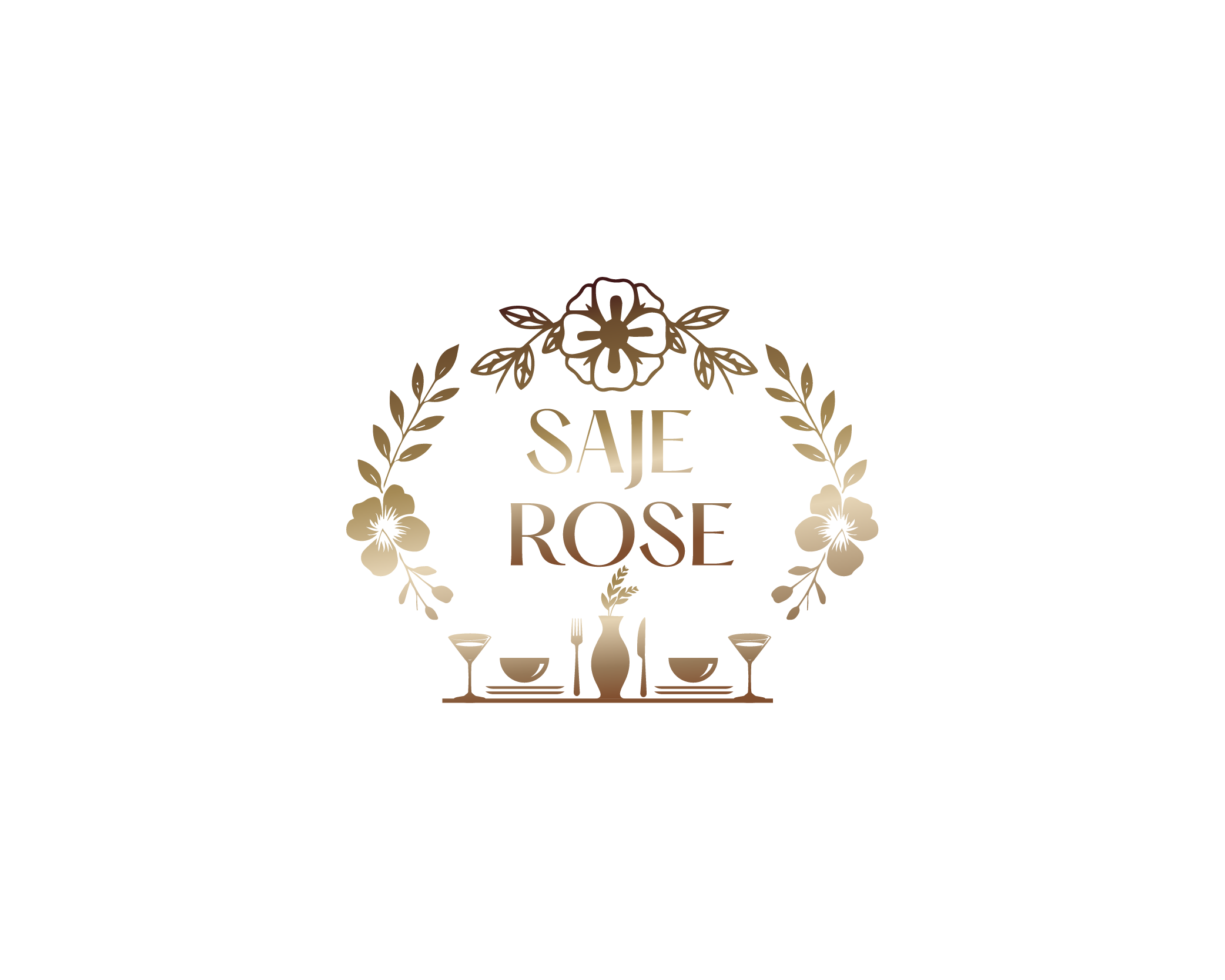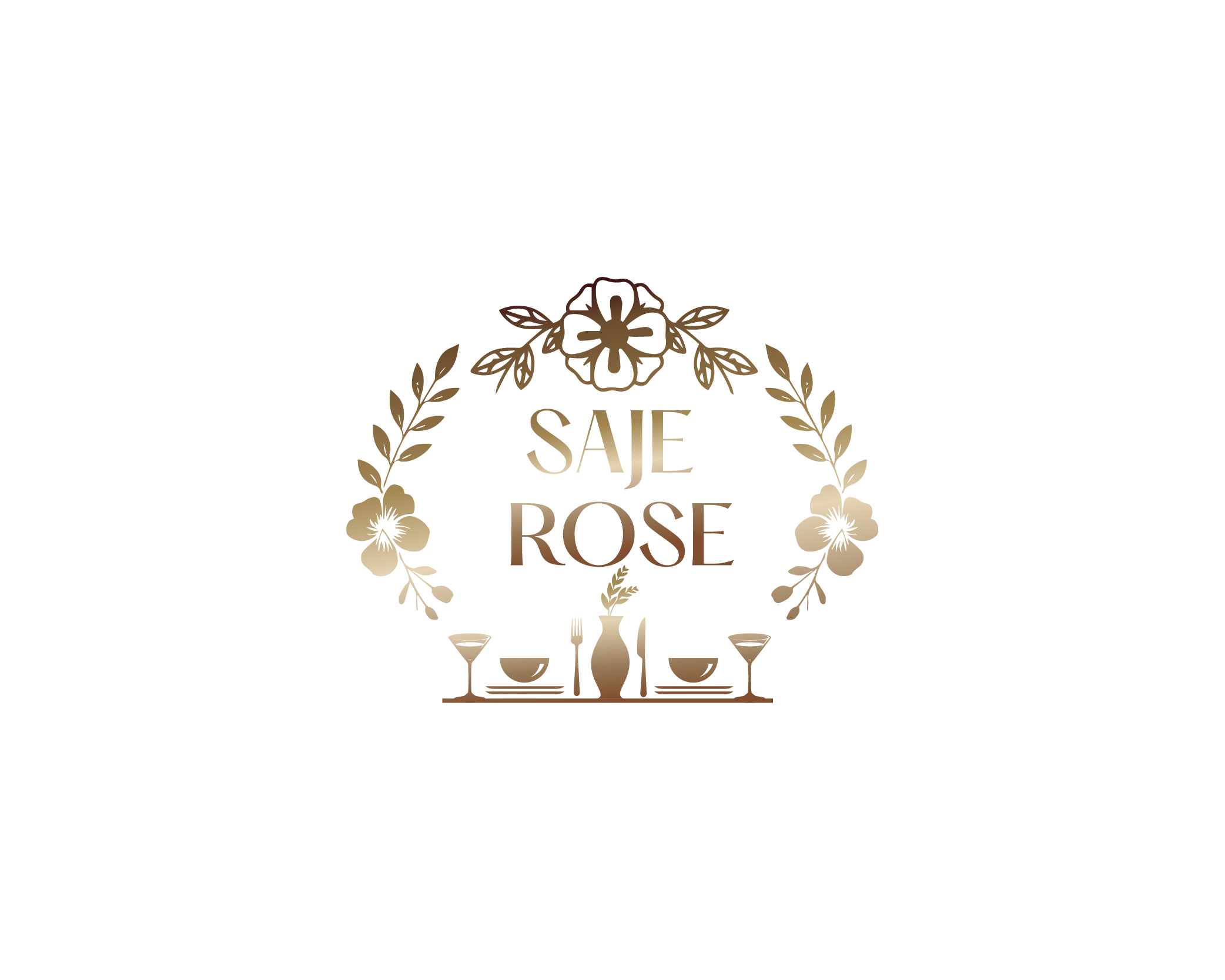Candles are more than just sources of light—they set the ambiance, enhance decor, and even bring a calming influence to our spaces. With so many options available, understanding the differences between wax types and oil options is essential for finding a candle that aligns with your preferences, health considerations, and lifestyle.
In this article, we’ll dive into the details of soy, beeswax, and paraffin candles, and explore the key differences between essential oil and fragrance oil candles.
Wax Types: Soy Wax, Beeswax, and Paraffin
Each wax type brings unique characteristics to a candle. Let’s take a closer look at soy wax, beeswax, and paraffin to help you find the one that best fits your home and values.
1. Soy Wax Candles
Soy wax is made from soybean oil, making it a natural and renewable resource.
Pros:
- Eco-Friendly: Soy wax is biodegradable and derived from a renewable resource.
- Longer Burn Time: Soy candles tend to burn slower and more evenly, allowing them to last longer.
- Clean Burning: Soy wax produces less soot, which can reduce indoor air pollution and is better for your walls and furniture.
- Great for Scent Diffusion: Soy wax holds fragrances well, allowing for a more consistent scent throw.
Cons:
- Lower Fragrance Throw: While soy holds fragrance well, it has a lighter throw compared to paraffin.
- More Expensive: Due to the natural sourcing and production process, soy candles can be pricier than paraffin options.
Here is our "Welcome Home" Mini Candle made with soy wax, vanilla, and sandalwood essential oils.

2. Beeswax Candles
Beeswax candles are one of the oldest types of candles, made from the wax produced by honeybees.
Pros:
- Natural Air Purifier: Beeswax emits negative ions, which can neutralize pollutants in the air, potentially improving air quality.
- Hypoallergenic: Often recommended for those with allergies or asthma as they don’t release harmful toxins.
- Long Burn Time: Similar to soy wax, beeswax has a longer burn time.
- Naturally Scented: Beeswax candles often have a light, natural honey scent, making them a beautiful choice for those who prefer a subtle fragrance.
Cons:
- Expensive: Beeswax is more costly due to its labor-intensive production.
- Limited Scent Choices: The natural honey scent of beeswax can sometimes interfere with added fragrances, limiting scent options.
Here is the Twine Candle created with beeswax, coconut oil, lavender, and lemongrass essential oils.

3. Paraffin Candles
Paraffin wax is a byproduct of petroleum, making it one of the most widely used candle waxes.
Pros:
- Strong Scent Throw: Paraffin has an excellent scent throw, making it ideal for those who want a stronger fragrance in a candle.
- Affordable: Paraffin is generally less expensive, as it’s a byproduct of oil refining.
- Versatile: Paraffin candles are available in a wide range of colors, shapes, and scents.
Cons:
- Potentially Harmful Emissions: Paraffin can release toxic chemicals like toluene and benzene when burned.
- Shorter Burn Time: Paraffin candles tend to burn faster than soy or beeswax.
- Produces Soot: Paraffin candles create soot, which can leave a residue on walls, ceilings, and surfaces.
Essential Oils vs. Fragrance Oils in Candles
The type of oil used to scent candles can greatly influence your experience. Here’s a look at essential oils and fragrance oils in candles, and the pros and cons of each.
Essential Oil Candles
Essential oils are derived from natural plant sources, such as flowers, leaves, or seeds.
Pros:
- Natural Aromatherapy: Essential oils provide natural therapeutic benefits, such as lavender for relaxation or eucalyptus for focus.
- Non-Toxic: As plant-based products, essential oils don’t contain harmful chemicals, making them ideal for clean-burning candles.
- Environmentally Friendly: Essential oils are biodegradable and renewable.
Cons:
- Weaker Scent Throw: Essential oils don’t hold up as well under heat, which can result in a milder fragrance throw.
- Higher Cost: Essential oils are more costly, especially those that are hard to extract, like sandalwood or jasmine.
- Shorter Shelf Life: Essential oils can degrade over time, meaning your candle might lose its scent quicker than one with fragrance oils.
Fragrance Oil Candles
Fragrance oils are synthetic compounds designed to replicate scents.
Pros:
- Stronger Scent Throw: Fragrance oils typically provide a stronger and longer-lasting scent, ideal for filling larger spaces.
- More Scent Variety: Fragrance oils come in an almost endless range of scents, allowing for greater creativity and variety in candle fragrances.
- More Affordable: Fragrance oils are often cheaper, allowing for more budget-friendly candles with the same strong scent throw.
Cons:
- Potential for Synthetic Additives: Some fragrance oils can contain chemicals that may release harmful compounds when burned.
- Lacks Therapeutic Benefits: Unlike essential oils, fragrance oils don’t provide aromatherapeutic benefits, as they’re not derived from natural plants.
Making the Right Choice for Your Home
When choosing a candle, think about your priorities: Are you looking for something natural, long-lasting, or perhaps a candle that fills the entire room with fragrance? Here’s a quick breakdown to guide your choice:
- For a Natural, Clean Candle: Consider soy or beeswax candles with essential oils.
- For Stronger Fragrance: A paraffin candle with fragrance oils might offer the scent strength you’re after, but be mindful of air quality if burning them frequently.
- For Air Purification: Beeswax candles can offer a gentle, natural purification effect, ideal for allergy-prone households.
Final Thoughts
Finding the right candle is about balance—between aesthetics, scent preferences, health considerations, and budget. By understanding the differences in wax and oil types, you’ll be able to select the best option for your needs.
At Saje Rose, we’re committed to offering candles that elevate your space while aligning with a conscious lifestyle. Explore our selection to find your ideal candle today!









